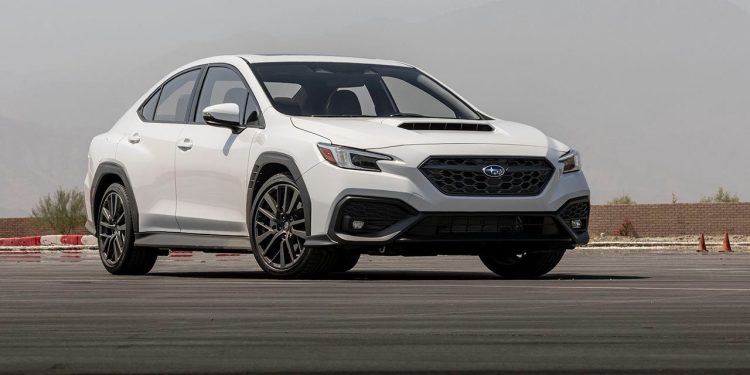Subaru NZ says new WRX could be ‘the last as we know it’
The biggest news of the weekend was the unveiling of the new Subaru WRX; an all-wheel drive gravel dynamo packing (slightly) more power than the outgoing model, built on a new platform, and featuring styling that’s divided Subaru faithful on social media.
Subaru New Zealand has confirmed that the model is set to head our way, an inevitability given the model’s popularity on Kiwi soil.
“There has been so much excitement around the global reveal of this much anticipated new generation WRX. Subaru Corporation have exceeded expectations – we can’t wait to give Kiwis the opportunity to get behind the wheel and experience the thrill of a 2.4 turbo engine,” said Subaru New Zealand managing director Wallis Dumper.
“We look forward to sharing more information about this special new performance Subaru with our brand’s Kiwi enthusiasts in the coming months.”
This wasn’t all from the local managing director, though. He added: “This could be the last chance for Subaru performance car devotees to get their hands on a WRX as we know it, given the rapid shift in the automotive market towards EV and changes imposed by Government legislation.”

While Subaru already offers a handful of hybrids locally, none are of the plug-in variety. It has a pure EV in the pipeline, in the form of the Solterra, but that’s unlikely to get here until late 2022 at the earliest. While most of Subaru’s peers have confirmed some kind of electric car pledge, it’s remained quiet.
Emissions regulations around the world have prompted brands to reconsider their performance car offerings, or simply not offer them in certain places. The new Nissan Z, for example, won’t be going to Europe. Ford’s Focus RS, meanwhile, was cancelled because the brand couldn’t justify the investment required to make it a hybrid. Perhaps this is the last internal combustion WRX we’ll ever see?
Dumper’s comments come following the first reading of the government’s Clean Car Discount and Clean Car Standard bill, which took place late last week in parliament. Should the two schemes get the greenlight, they will have sweeping changes for local distributors and the kinds of cars that they offer.
The Clean Car Standard states that new passenger cars brought into New Zealand from 2023 must have a CO2 rating of 145g/km or better, sliding downwards to 105g/km by 2025, and 63g/km by 2027. Utes and vans have less arduous targets (132g/100km by 2025).
As previously reported, the new WRX features a new platform with 28 per cent more torsional rigidity and 75 per cent stronger suspension mounting points. Under the bonnet sits Subaru’s 2.4-litre turbocharged boxer engine, producing 202kW of power and 349Nm of torque … only a few more kW than the outgoing 197kW WRX.





